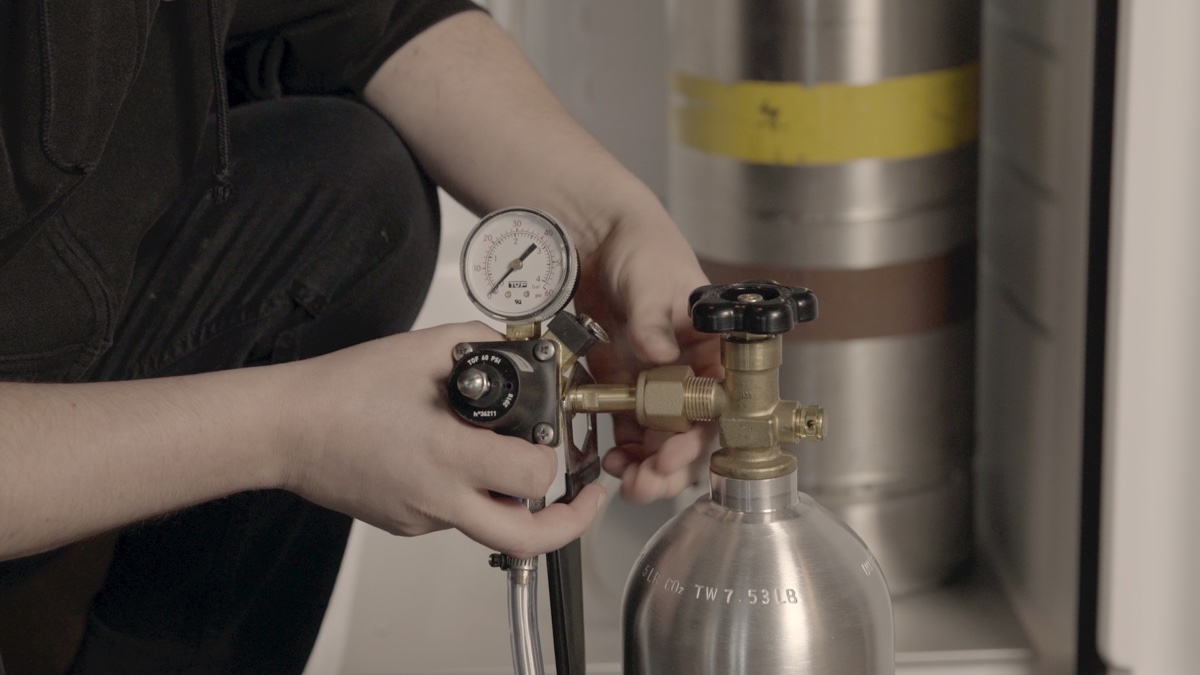

Articles
Where Do I Put The Co2 Tank On A Kegerator
Modified: February 26, 2024
Looking for articles on where to put the CO2 tank on a kegerator? Find all the information you need right here, including tips and recommendations.
(Many of the links in this article redirect to a specific reviewed product. Your purchase of these products through affiliate links helps to generate commission for Storables.com, at no extra cost. Learn more)
Where Do I Put The CO2 Tank on a Kegerator
When setting up a kegerator, one important decision to make is where to place the CO2 tank. The location of the CO2 tank can affect not only the functionality of your kegerator but also its safety and convenience. In this article, we will explore different factors to consider when deciding where to put the CO2 tank on a kegerator and provide some recommendations.
Key Takeaways:
- Proper CO2 tank placement is crucial for kegerator functionality, safety, and convenience. Consider size, accessibility, and aesthetics when deciding between inside and outside placement.
- Regular maintenance and safety precautions are essential for CO2 tank longevity and optimal performance. Prioritize inspections, safe handling, and troubleshooting for a seamless kegging experience.
Factors to Consider
Before deciding on the placement of your CO2 tank, there are a few crucial factors to consider:
- Size and dimensions of the kegerator: The size and dimensions of your kegerator will determine the amount of available space for the CO2 tank.
- Available space and layout: Assess the available space inside and outside the kegerator. Consider the layout of the kegerator and the surrounding area to ensure that the CO2 tank does not obstruct any other components or create an inconvenience.
- Accessibility: The location of the CO2 tank should allow easy access for replacements and refills.
- Safety considerations: Ensure that the chosen location is safe and secure, minimizing the risk of any accidents or damage.
Inside the Kegerator
One option is to place the CO2 tank inside the kegerator. This approach offers the advantage of keeping everything neatly contained within the unit. However, there are a few considerations to keep in mind:
- Make sure to secure the CO2 tank properly using brackets or straps within the kegerator to prevent any movement.
- Ensure that the regulator and gas line have sufficient space and clearance inside the kegerator.
- Be mindful that placing the tank inside may reduce the available space for storing kegs or other items.
Outside the Kegerator
Another option is to place the CO2 tank outside the kegerator. This approach provides more flexibility and allows for easier access and refilling. However, there are a few factors to consider:
- External placement may require additional components, such as longer gas lines and a secondary gas manifold.
- Ensure that the area outside the kegerator has enough space and is easily accessible for tank replacements.
- Take into account the aesthetic aspect, as the external placement of the CO2 tank may not be visually appealing for some users.
Location Suggestions
The ideal location for the CO2 tank will depend on the specific kegerator model and setup. Here are a few common location suggestions:
- Behind the kegerator: Placing the CO2 tank behind the kegerator is a popular choice as it keeps the tank easily accessible without taking up much space.
- Inside a cabinet: If you have a cabinet near the kegerator, consider installing the CO2 tank inside to keep it hidden and protected.
- On a shelf or stand: Utilize a shelf or a designated CO2 tank stand next to the kegerator for easy access and visual appeal.
Maintenance and Safety Tips
Regardless of where you choose to place the CO2 tank, it is important to prioritize safety and perform regular maintenance. Here are a few tips:
- Regularly inspect the CO2 tank for any signs of damage or leaks.
- Follow manufacturer’s guidelines for maintenance and refilling.
- Ensure proper ventilation around the tank, especially if placed inside a cabinet or other enclosed spaces.
By considering these factors and following safety precautions, you can find the ideal location for your CO2 tank on a kegerator. Prioritize functionality and convenience to enhance your kegging experience. Cheers!
Introduction – Understanding the Importance of Correctly Placing the CO2 Tank on a Kegerator
When it comes to enjoying a perfectly chilled and carbonated beer straight from the tap, a kegerator is a beer enthusiast’s best friend. These appliances allow you to have a mini bar experience right in the comfort of your own home. However, to ensure that your kegerator functions optimally, it is crucial to pay attention to every aspect of its setup, including the placement of the CO2 tank.
The CO2 tank plays a vital role in delivering the perfect pour by pressurizing the keg and carbonating the beer. The location of the CO2 tank can impact both the performance of your kegerator and your overall experience. Placing the tank in the right spot not only ensures seamless operation but also enhances convenience and safety.
One of the primary considerations when deciding where to put the CO2 tank on a kegerator is the size and dimensions of the unit. Kegerators come in a variety of sizes, ranging from small countertop models to larger freestanding ones. You need to carefully assess the available space inside and outside the kegerator, considering the layout and design of the unit.
Accessibility is another important factor to keep in mind. The chosen location should allow for easy access when it comes to replacing the CO2 tank or adjusting the regulator. Convenience plays a significant role here, as you don’t want to struggle with cumbersome placements that make routine maintenance a hassle.
Safety considerations are equally crucial. Incorrect placement of the CO2 tank can lead to potential accidents or damage. Ensuring that the tank is securely positioned, be it inside or outside the kegerator, is key to avoiding any mishaps. Additionally, proper ventilation is essential, especially if the tank is placed in an enclosed space, to prevent heat buildup and potential hazards.
Overall, finding the right location for the CO2 tank on a kegerator involves a careful evaluation of various factors such as available space, accessibility, and safety. Understanding the importance of correct placement will not only optimize the performance of your kegerator but also contribute to a seamless and enjoyable beer dispensing experience.
In the following sections, we will explore the pros and cons of placing the CO2 tank inside and outside the kegerator, provide some location suggestions, and offer maintenance and safety tips to ensure that you make an informed decision and set up your kegerator for the best possible beer enjoyment. So, let’s dive in and discover where to put that CO2 tank for the perfect pour!
Key Takeaways:
- Proper CO2 tank placement is crucial for kegerator functionality, safety, and convenience. Consider size, accessibility, and aesthetics when deciding between inside and outside placement.
- Regular maintenance and safety precautions are essential for CO2 tank longevity and optimal performance. Prioritize inspections, safe handling, and troubleshooting for a seamless kegging experience.
Factors to Consider
When it comes to deciding where to put the CO2 tank on a kegerator, several key factors should be taken into consideration:
- Size and dimensions of the kegerator: The size and dimensions of your kegerator will play a significant role in determining the available space for the CO2 tank. Larger kegerators may have more options for tank placement, while smaller models may have limited space.
- Available space and layout: Assessing the available space inside and outside the kegerator is essential. Consider the layout and design of the kegerator, as well as the surrounding area, to ensure that the chosen tank location does not obstruct other components or create inconveniences.
- Accessibility for easy CO2 tank replacement: Another important factor to consider is how easily accessible the CO2 tank will be for replacement and refills. Placing the tank in a location that allows for easy access will save you time and effort when it’s time to exchange or refill the tank.
- Safety considerations: The safety of both the kegerator and its users is paramount. Ensure that the chosen location for the CO2 tank is safe and secure, minimizing the risk of accidents or damage. Consider factors such as stability, ventilation, and securing mechanisms to prevent any potential hazards.
By taking these factors into account, you can make a well-informed decision on where to place the CO2 tank on your kegerator. Each kegerator model and setup may have specific considerations, so it’s essential to assess your individual circumstances and prioritize safety and functionality when determining the ideal tank location.
In the next sections, we will explore the advantages and disadvantages of placing the CO2 tank inside and outside the kegerator. We will also provide some location suggestions and offer maintenance and safety tips to ensure that you get the most out of your kegerator and the perfect pour every time.
Inside the Kegerator
Placing the CO2 tank inside the kegerator is a popular option for many kegerator owners. This placement has its advantages and disadvantages, so it’s important to consider them before making a decision. Here are some pros and cons of placing the CO2 tank inside the kegerator:
- Pros:
- Neat and compact setup: Keeping the CO2 tank inside the kegerator allows for a clean and organized appearance. All components are contained within the unit, giving a sleek and uniform look.
- Temperature control: Placing the tank inside the kegerator helps maintain a consistently cool temperature, which is beneficial for the longevity and performance of the CO2 tank.
- Cons:
- Reduced storage space: Placing the CO2 tank inside the kegerator may take up valuable storage space, limiting the room available for kegs or other items.
- Potential interference with other components: Make sure to consider the positioning of the CO2 tank and its impact on other kegerator components, such as the kegs, beer lines, and regulator. Ensure that the tank does not obstruct or interfere with their functionality.
If you decide to place the CO2 tank inside the kegerator, it’s crucial to properly secure the tank to prevent any movement or damage. Here are some steps to follow:
- Choose the right location: Find a suitable spot within the kegerator that allows enough space for the tank and doesn’t interfere with other components.
- Use brackets or straps: Securely attach the CO2 tank to the interior of the kegerator using brackets or straps. This will prevent any shifting or movement of the tank during transportation or operation.
- Position the regulator and gas line: Ensure that the regulator and gas line have enough clearance and are properly positioned inside the kegerator. Check that they are not in direct contact with the tank or any other components.
Following these steps will help ensure that the CO2 tank is securely placed inside the kegerator, minimizing the risk of damage and providing a reliable source of carbonation for your beer.
In the next section, we will explore the option of placing the CO2 tank outside the kegerator, including its advantages and disadvantages, as well as the necessary components and considerations for external placement.
Outside the Kegerator
Another option to consider when deciding where to place the CO2 tank is outside the kegerator. While it may not be as common as placing it inside, there are advantages and disadvantages to this placement. Let’s explore them:
- Advantages:
- Easy access and maintenance: Placing the CO2 tank outside the kegerator provides convenient access for tank replacement and maintenance tasks. You won’t have to open the kegerator and disturb the beer lines or other components to refill or exchange the tank.
- More storage space inside: By removing the tank from inside the kegerator, you can maximize the available space for kegs or other items. This is especially beneficial if you have a small kegerator with limited storage capacity.
- Disadvantages:
- Additional components required: External placement of the CO2 tank may necessitate the use of extra components, such as longer gas lines and a secondary gas manifold. This can result in increased costs and more complex installation.
- Visual impact: The presence of an external CO2 tank may be visually less appealing to some users. It’s essential to consider the aesthetics of the setup and how it fits into your overall kegerator arrangement.
If you decide to place the CO2 tank outside the kegerator, there are a few necessary components and factors you should consider:
- Gas lines: Ensure you have the appropriate length of gas lines to connect the CO2 tank to the kegerator. Measure the distance between the tank and the kegerator, considering any potential obstructions or limitations in the layout.
- Secondary gas manifold: If you have multiple kegs or want to distribute CO2 to different beer lines, a secondary gas manifold may be required. This component allows you to connect multiple lines to the CO2 tank, each with its own individual pressure control.
- Secure mounting: When placing the CO2 tank externally, focus on securely mounting it to a stand, wall, or other suitable surface. Ensure that the mounting mechanism is stable and can withstand any potential movement or vibrations.
When installing the CO2 tank externally, follow these general steps and considerations:
- Select an appropriate location: Choose a spot outside the kegerator that is easily accessible for tank replacement and maintenance. Consider factors such as stability, ventilation, and any space limitations in the area.
- Securely mount the tank: Use appropriate mounts or brackets to securely attach the CO2 tank to the chosen location. Make sure the tank is stable and won’t topple or move during operation.
- Connect the gas lines: Connect the gas lines from the CO2 tank to the kegerator, ensuring proper alignment and sealing. Follow manufacturer’s guidelines for the specific connectors and fittings used.
- Adjust the pressure: Once the CO2 tank is connected, adjust the pressure to the desired level using the regulator. Monitor the pressure gauge and make any necessary adjustments based on the carbonation needs of your beer.
Following these steps will help ensure a successful installation of the CO2 tank outside the kegerator. With the right components and proper setup, you can enjoy the advantages of easy access and increased storage space while still maintaining the functionality of your kegerator.
In the next section, we will provide some location suggestions for both inside and outside the kegerator, along with tips for optimizing CO2 distribution and minimizing line length.
Location Suggestions
When it comes to where to place the CO2 tank on a kegerator, it’s important to consider your specific kegerator model and setup. Different kegerators may have varying dimensions, features, and components that can affect the ideal tank placement. Here are some location suggestions to help you find the best spot:
- Behind the kegerator: Placing the CO2 tank behind the kegerator is a common choice for many users. This location keeps the tank easily accessible without taking up much space. It also allows for efficient gas line routing from the tank to the keg, minimizing any potential obstacles.
- Inside a cabinet: If you have a cabinet near the kegerator, consider installing the CO2 tank inside to keep it hidden and protected. This option maintains a clean and streamlined appearance while ensuring the tank is easily accessible for maintenance.
- On a shelf or stand: Utilize a shelf or a designated CO2 tank stand next to the kegerator for easy access and visual appeal. This location keeps the tank separate from the kegerator unit itself and allows for flexibility in positioning.
Keep in mind that these suggestions are not universal and may vary depending on your specific kegerator model and personal preferences. Consider the layout of your kegerator, available space, and convenience when selecting the tank location.
Additionally, optimizing CO2 distribution is essential for maintaining consistent carbonation and reducing line length. Here are some tips to help you achieve this:
- Proper gas line length: Ensure that the gas line connecting the CO2 tank to the kegerator is not excessively long. Long lines can cause pressure drops and affect carbonation levels. Minimize line length by placing the CO2 tank in close proximity to the kegerator or using shorter gas lines.
- Gas line diameter: Consider the diameter of the gas line, as it can impact CO2 distribution. Thicker lines provide better gas flow and less resistance, maintaining consistent carbonation levels throughout the keg system.
- Check for leaks: Regularly inspect the gas lines and connections for any leaks. Leaks can lead to inefficient CO2 distribution and a loss of carbonation. Use a soapy water solution to identify any leaks and fix them promptly.
- Balanced pressure: Adjust the CO2 pressure to maintain the appropriate carbonation levels for your beer style. Keep in mind that different beer styles require different levels of carbonation, so make adjustments accordingly.
By considering these location suggestions and optimizing CO2 distribution, you can ensure that the CO2 tank is placed in an ideal spot for seamless operation and consistent carbonation levels in your kegerator.
In the next section, we will provide maintenance and safety tips to help you keep your CO2 tank in good condition and troubleshoot any potential issues.
Maintenance and Safety Tips
Proper maintenance and safety practices are essential when dealing with a CO2 tank on a kegerator. Regular inspections and preventative measures will help ensure the optimal performance of your tank and minimize any potential risks. Here are some maintenance and safety tips to keep in mind:
- Regular CO2 tank inspections and maintenance procedures:
- Inspect the CO2 tank regularly for signs of damage, corrosion, or leaks. Look for any dents, scratches, or rust on the tank’s exterior. Pay attention to the pressure gauge and ensure it is accurate and functioning correctly.
- Follow the manufacturer’s guidelines for maintenance and refilling procedures. This includes replacing any worn-out or damaged parts, as well as adhering to the recommended inspection intervals.
- Clean the tank’s exterior periodically with a mild detergent solution to remove any dirt or residue. Avoid using harsh chemicals that may damage the tank.
- Safety precautions while handling and storing the tank:
- Always handle the CO2 tank with caution. Although CO2 is not inherently hazardous, mishandling the tank can lead to accidents or injuries. Lift and carry the tank using proper lifting techniques and avoid dropping or mishandling it.
- Store the CO2 tank in an upright position in a well-ventilated area. Avoid storing it near heat sources or in direct sunlight, as this can affect its performance and safety.
- Ensure that the tank is kept away from flammable materials and sources of ignition. CO2 is not flammable, but it can displace oxygen in confined spaces, creating a potentially hazardous environment.
- Troubleshooting common CO2 tank-related issues:
- If you notice a rapid decrease in CO2 pressure or inconsistent carbonation, check for possible leaks in the gas lines or fittings. Apply a soap and water solution to the connections, and if you see bubbles forming, it indicates a leak. Tighten the connections or replace any faulty components.
- If you experience an overcarbonation issue, check the regulator and ensure it is set to the appropriate pressure. Adjust the pressure as needed to achieve the desired carbonation level. Remember that different beer styles may require different levels of carbonation.
- In the event of a CO2 tank malfunction, such as a stuck or faulty pressure relief valve, it is recommended to contact a professional for assistance. Do not attempt to fix or modify the tank yourself.
By following these maintenance and safety tips, you can ensure the longevity, reliability, and safety of your CO2 tank on the kegerator. Regular inspections, safe handling practices, and troubleshooting techniques will help you maintain optimal carbonation levels and enjoy a consistent and satisfying draft beer experience.
Now that you have a thorough understanding of CO2 tank placement, maintenance, and safety, you are well-equipped to make an informed decision about where to put your CO2 tank on a kegerator. Prioritize functionality, accessibility, and safety, and enjoy the convenience of perfectly carbonated beer on tap in the comfort of your own home.
Cheers!
Conclusion
Deciding where to place the CO2 tank on a kegerator is a crucial aspect of setting up your home draft system. By considering factors such as the size and dimensions of your kegerator, available space, accessibility, and safety, you can make an informed decision that enhances the functionality and convenience of your setup.
Throughout this article, we explored different options for CO2 tank placement, both inside and outside the kegerator. Each option comes with its own set of advantages and disadvantages, and it’s important to weigh these factors against your specific needs and preferences.
Placing the CO2 tank inside the kegerator offers a neat and compact setup, maintaining a sleek appearance. However, it may limit storage space and can potentially interfere with other components within the unit. On the other hand, placing the tank outside the kegerator provides easy access for maintenance and maximizes the kegerator’s internal storage capacity. However, it may require additional components and may not be visually appealing to some users.
Regardless of where you decide to place the CO2 tank, safety and functionality should be the top priorities. Ensuring the tank is securely mounted and stable, following maintenance procedures, and adhering to safety precautions are essential for a trouble-free and enjoyable kegging experience.
Regular inspections and maintenance of the CO2 tank, as well as proper handling and storage, are crucial for both the longevity of the tank and the safety of yourself and others. By following manufacturer’s guidelines, monitoring for leaks, and addressing any issues promptly, you can ensure the CO2 tank operates optimally and reduces the risk of accidents or damage.
In the end, finding the ideal location for the CO2 tank on a kegerator requires careful consideration of various factors. Prioritize safety, accessibility, and functionality to create a setup that meets your needs and enhances your overall beer dispensing experience.
Now, armed with the knowledge gained from this article, you can confidently set up your kegerator, carefully placing the CO2 tank in the most suitable location. So, raise a glass, toast to your new home draft system, and enjoy the refreshing taste of perfectly carbonated beer straight from the tap!
Cheers!
Frequently Asked Questions about Where Do I Put The Co2 Tank On A Kegerator
Was this page helpful?
At Storables.com, we guarantee accurate and reliable information. Our content, validated by Expert Board Contributors, is crafted following stringent Editorial Policies. We're committed to providing you with well-researched, expert-backed insights for all your informational needs.
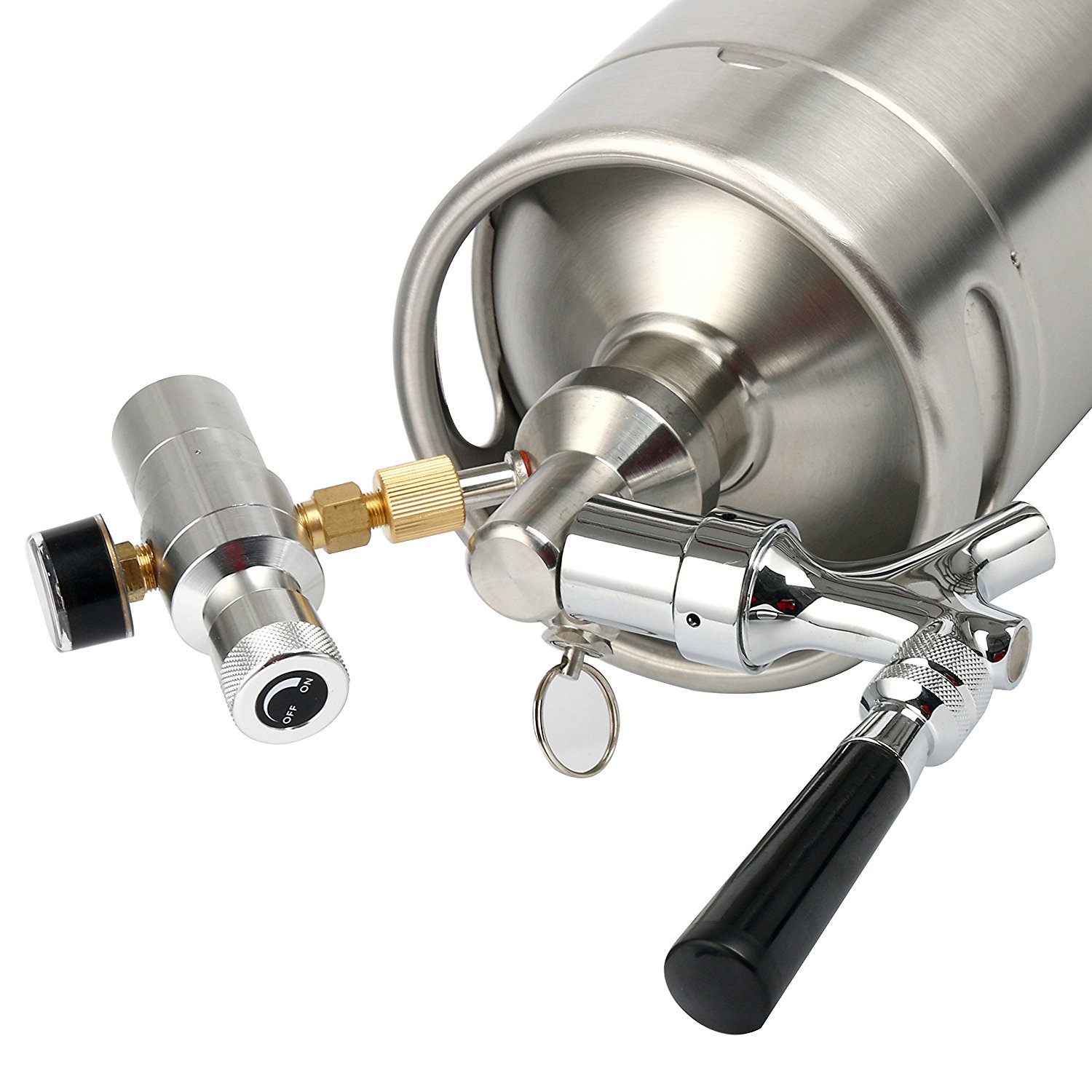
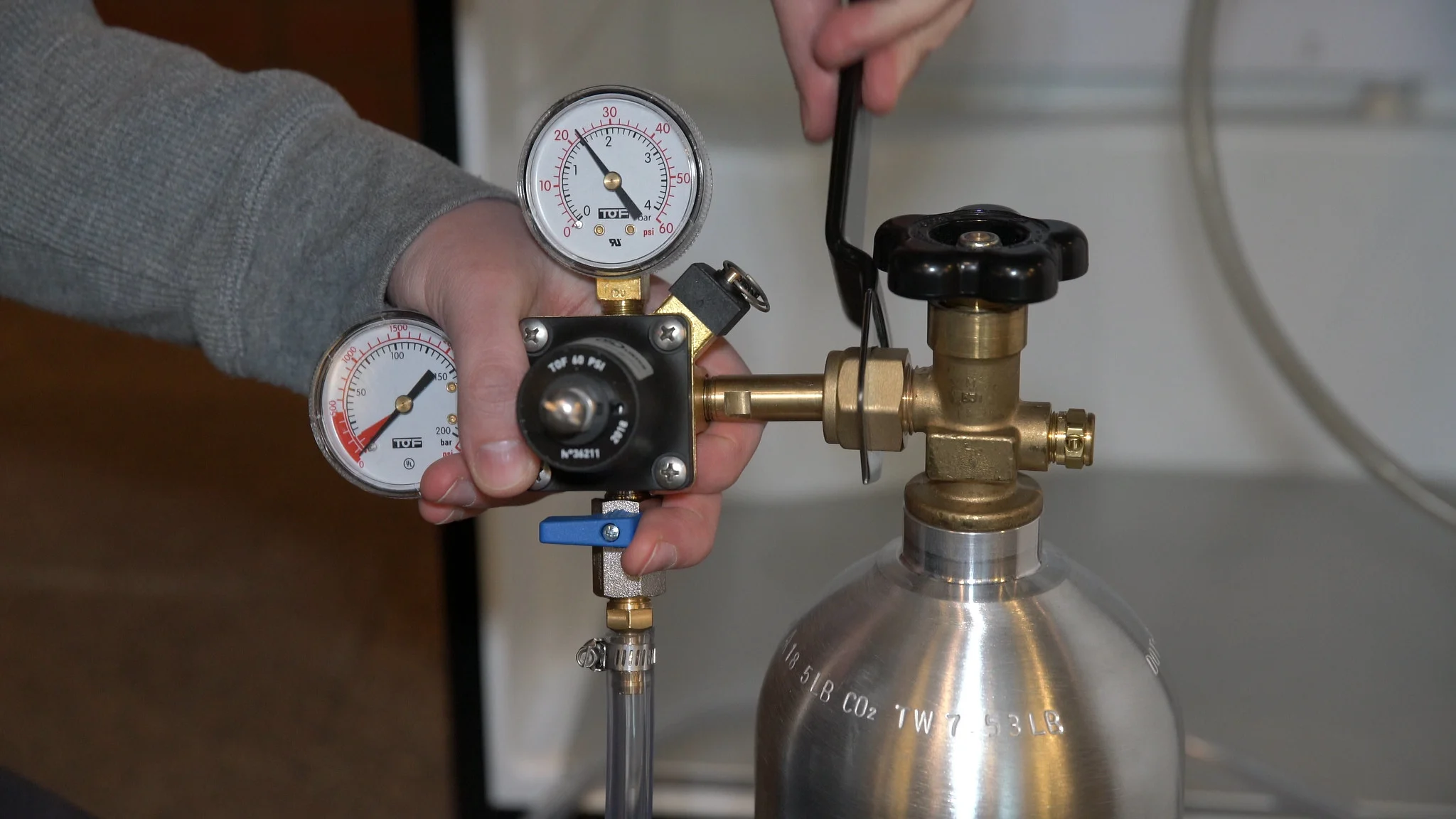
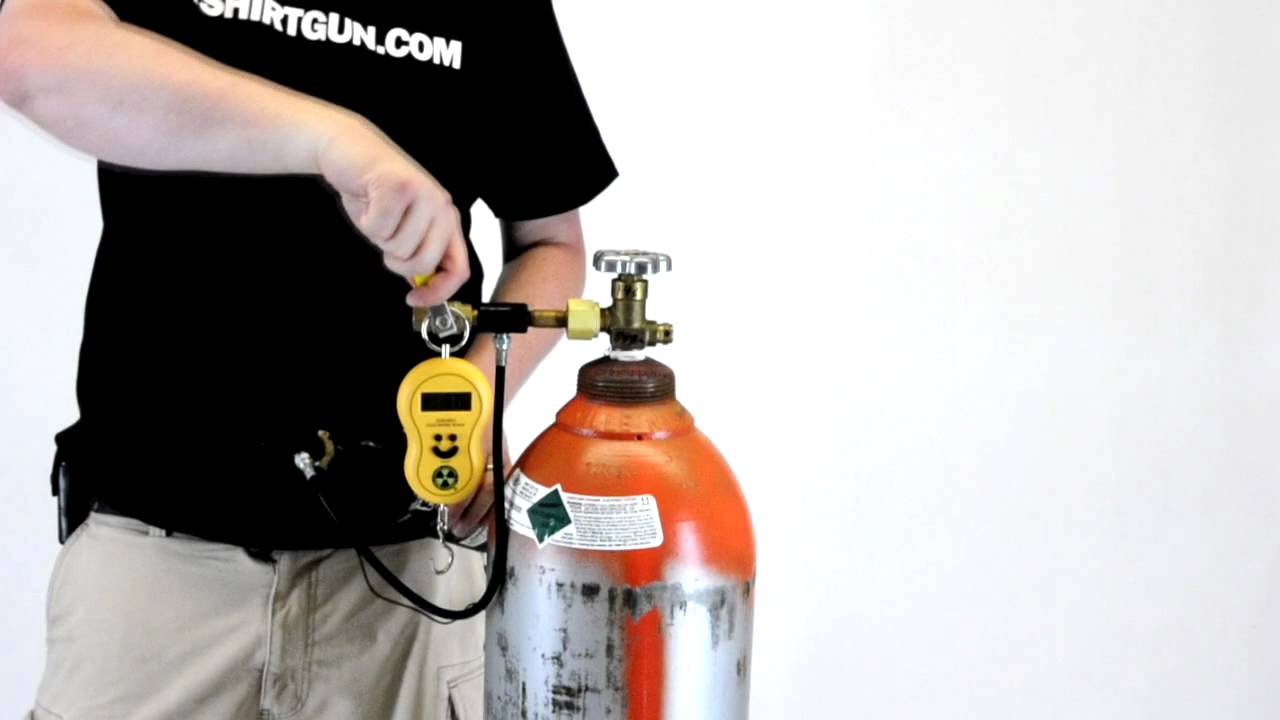
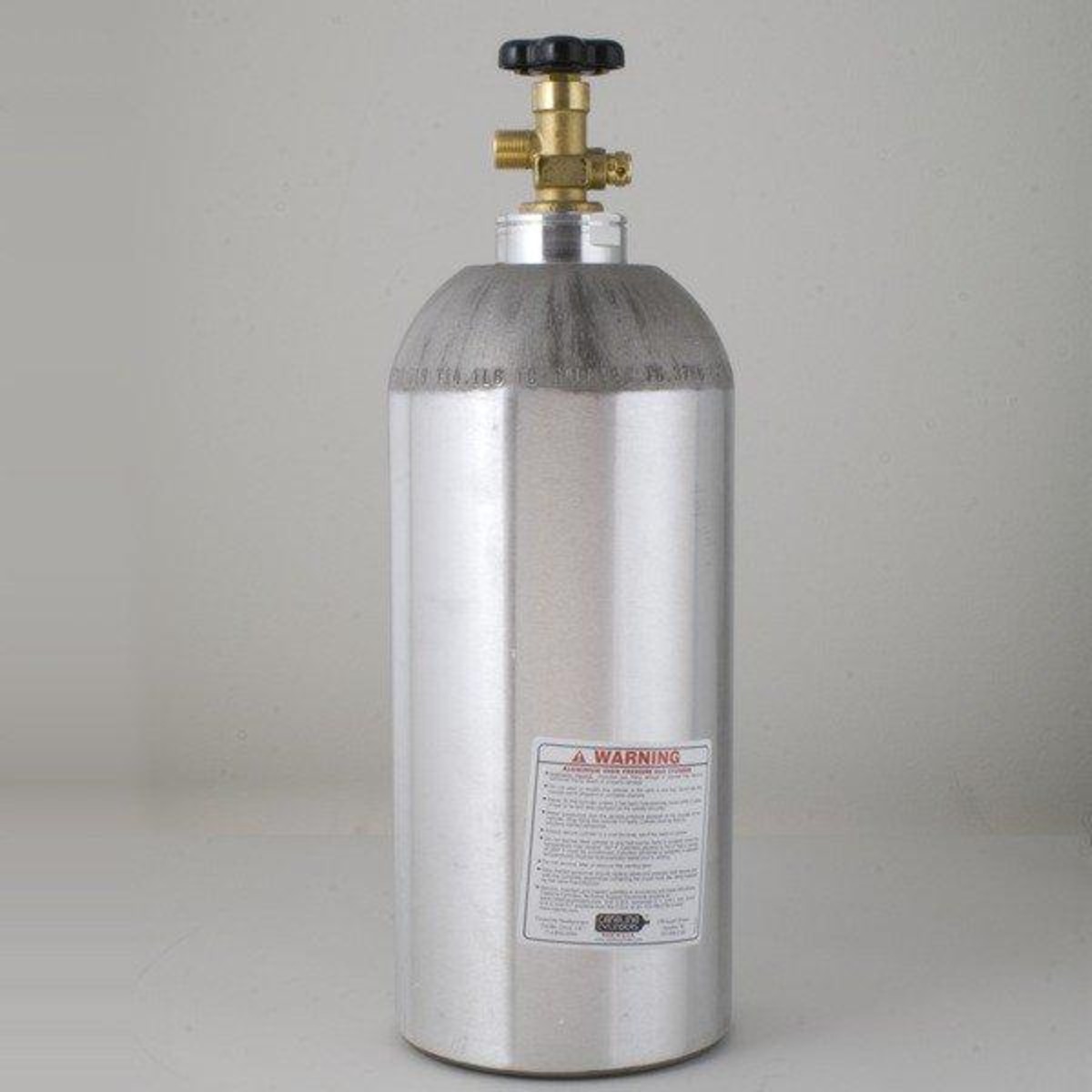
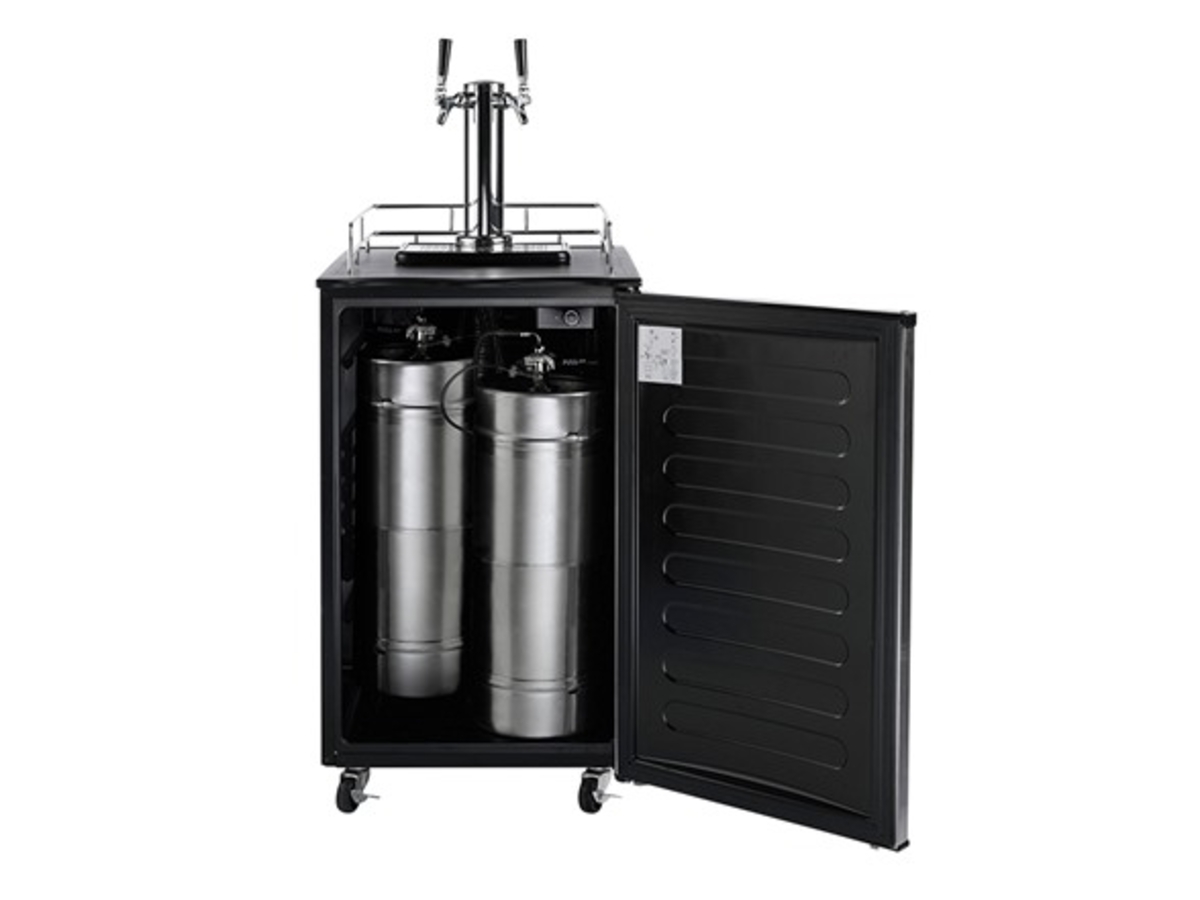
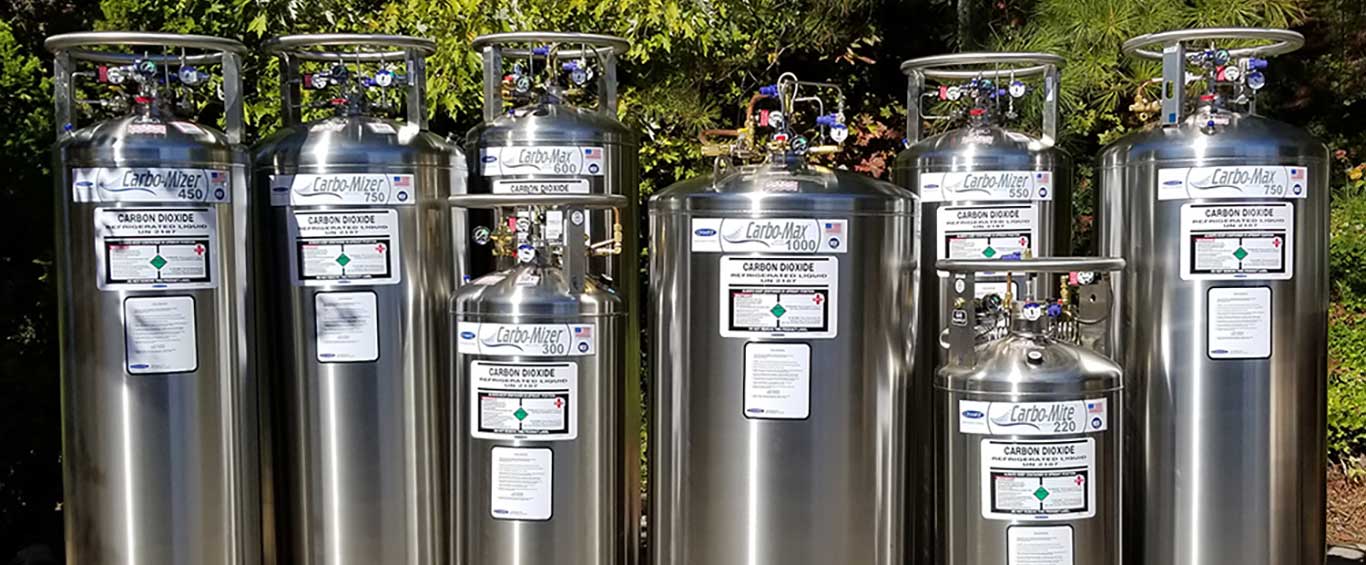
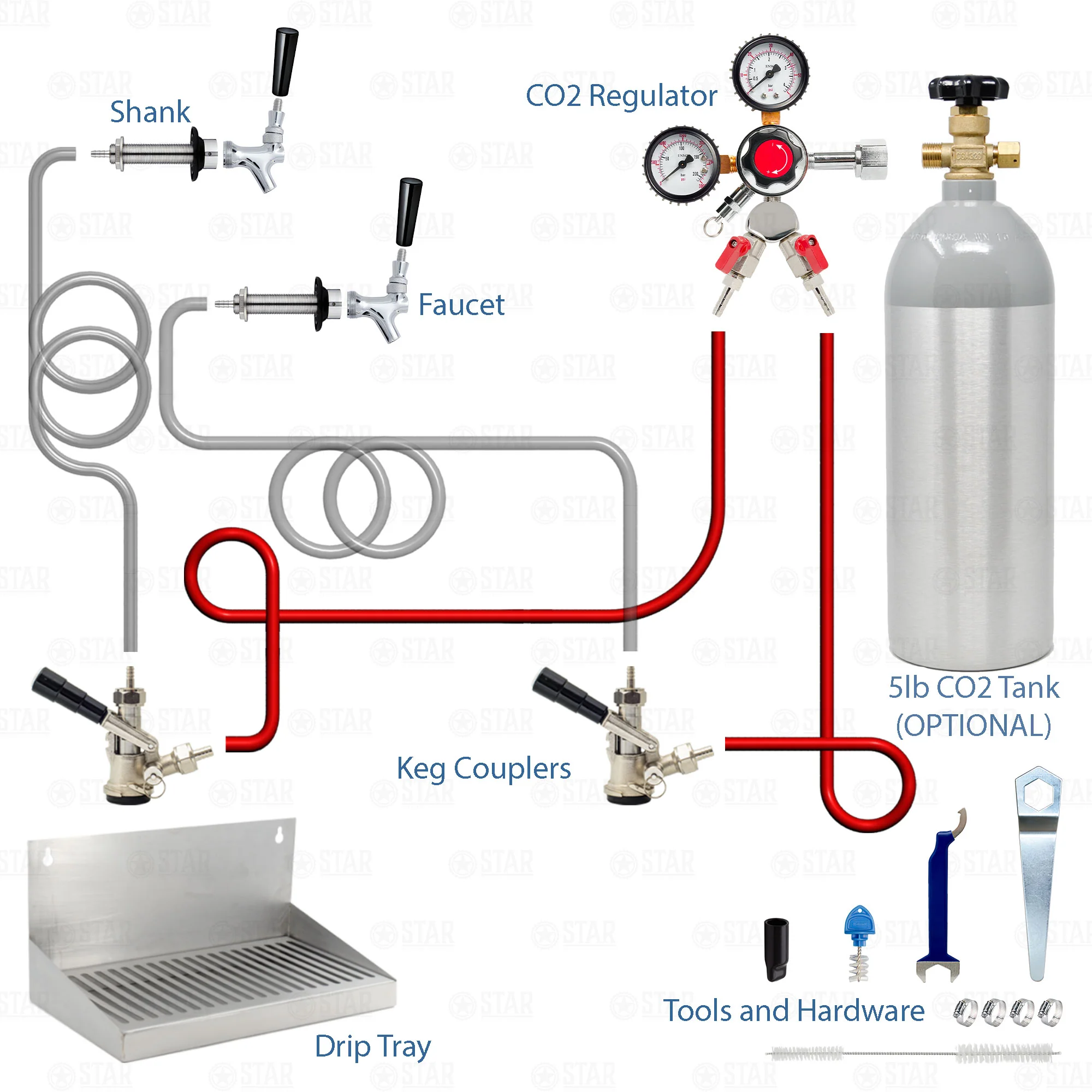
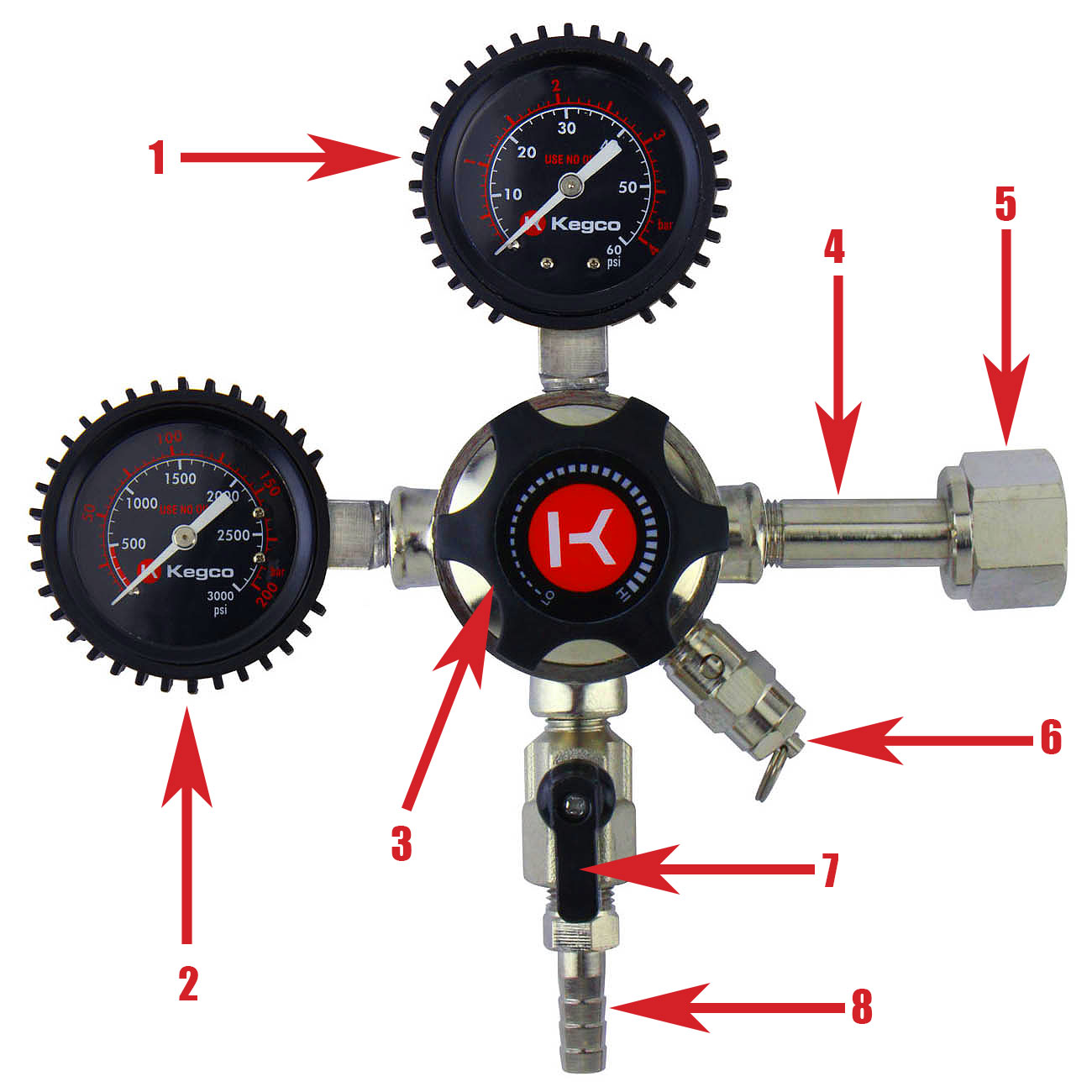
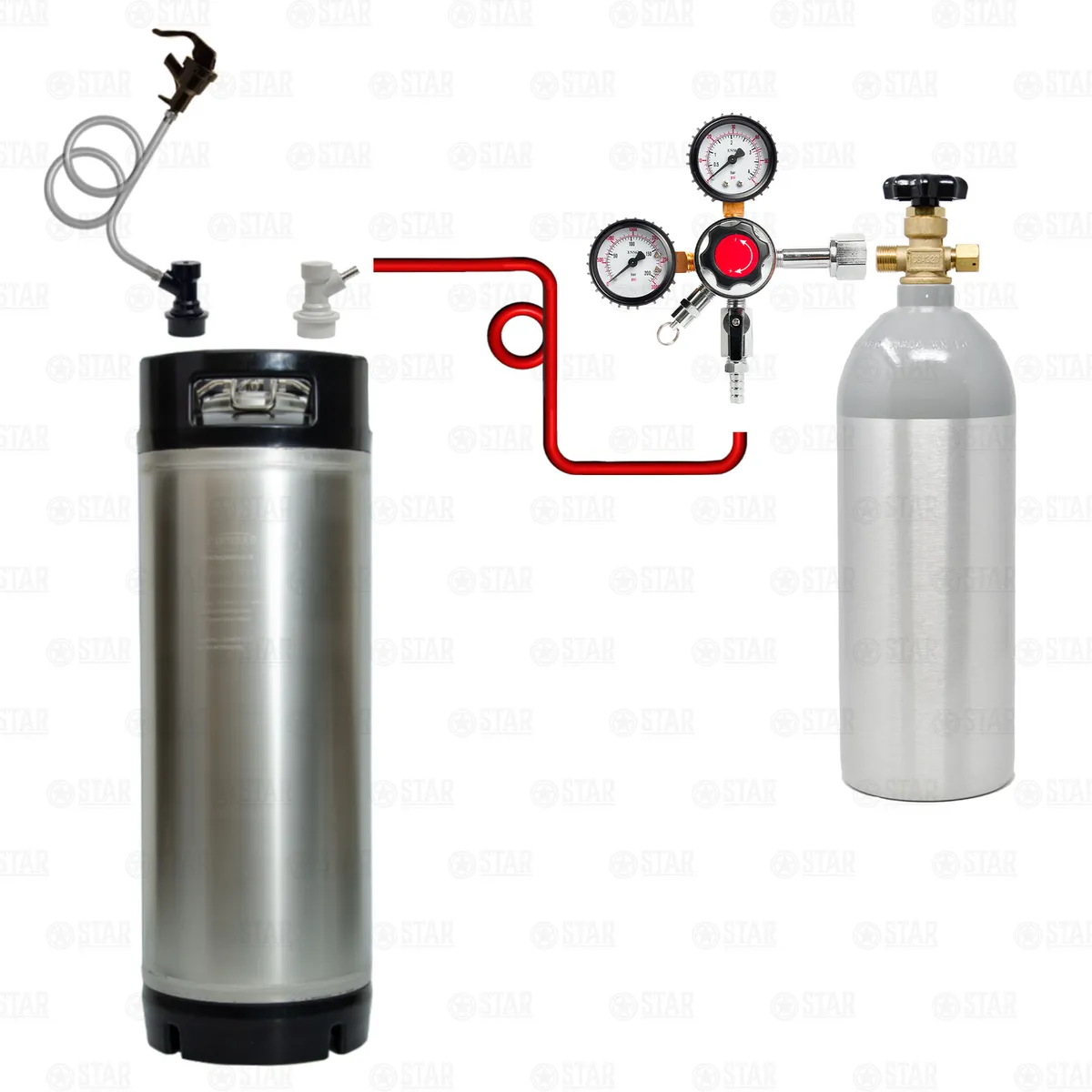
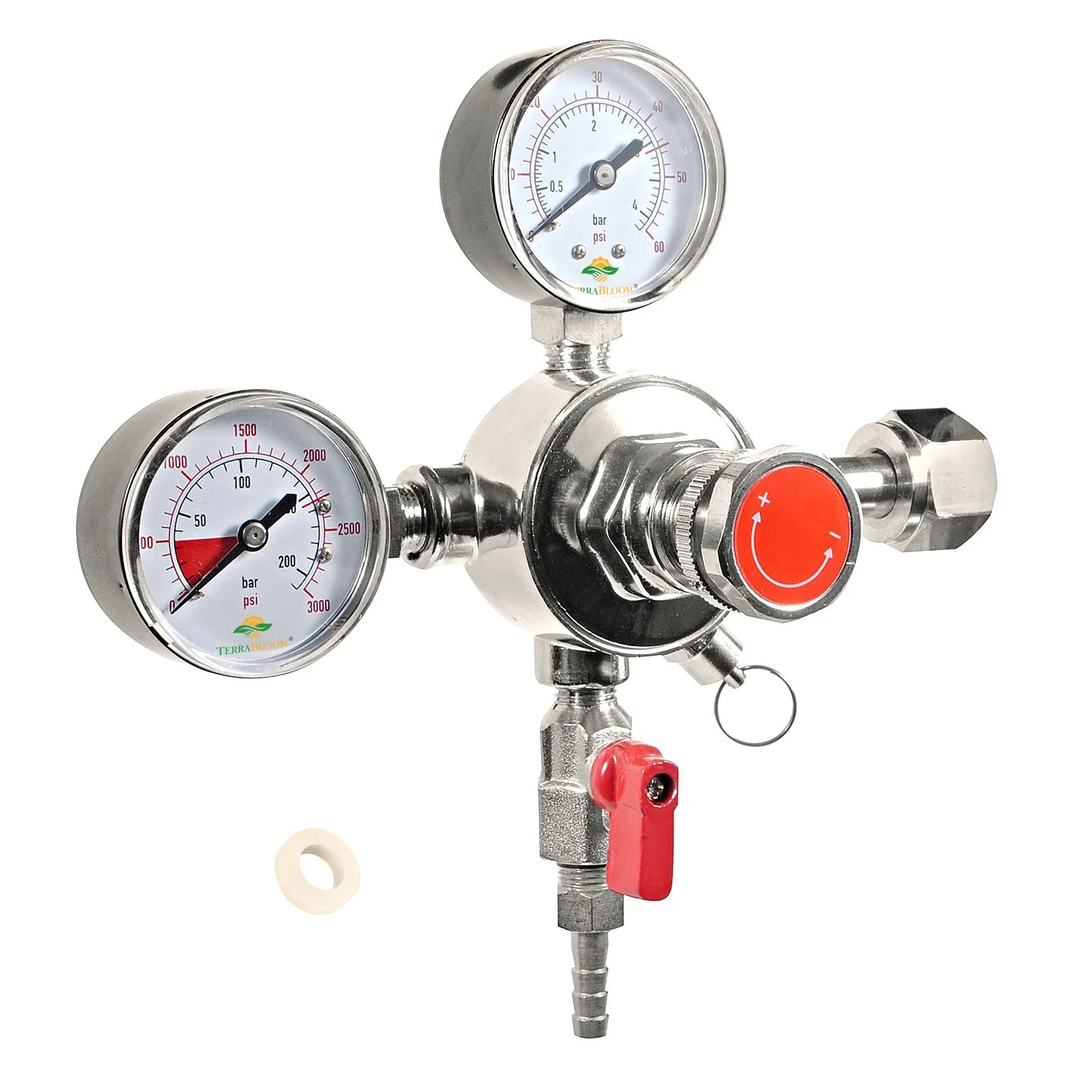
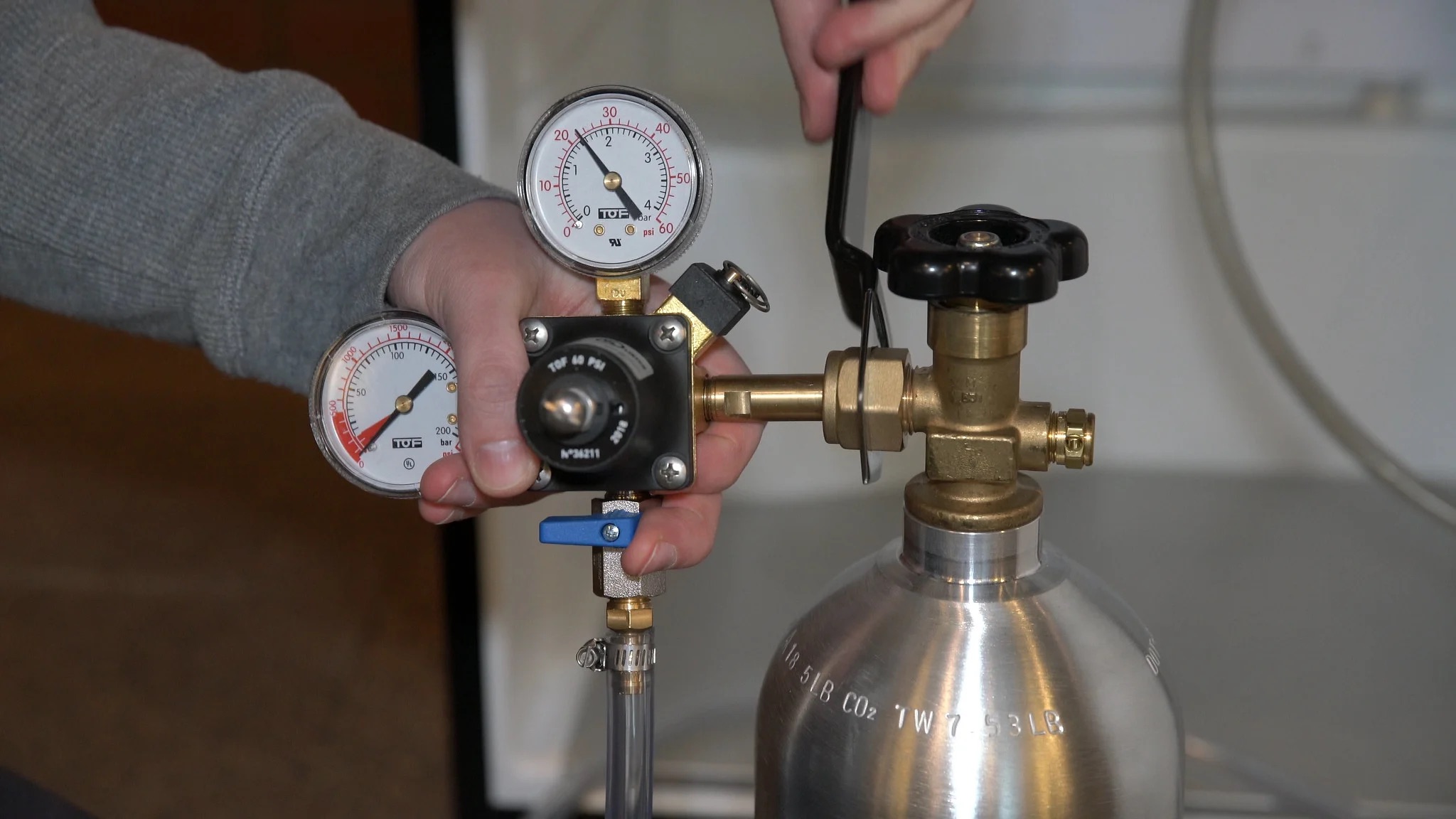
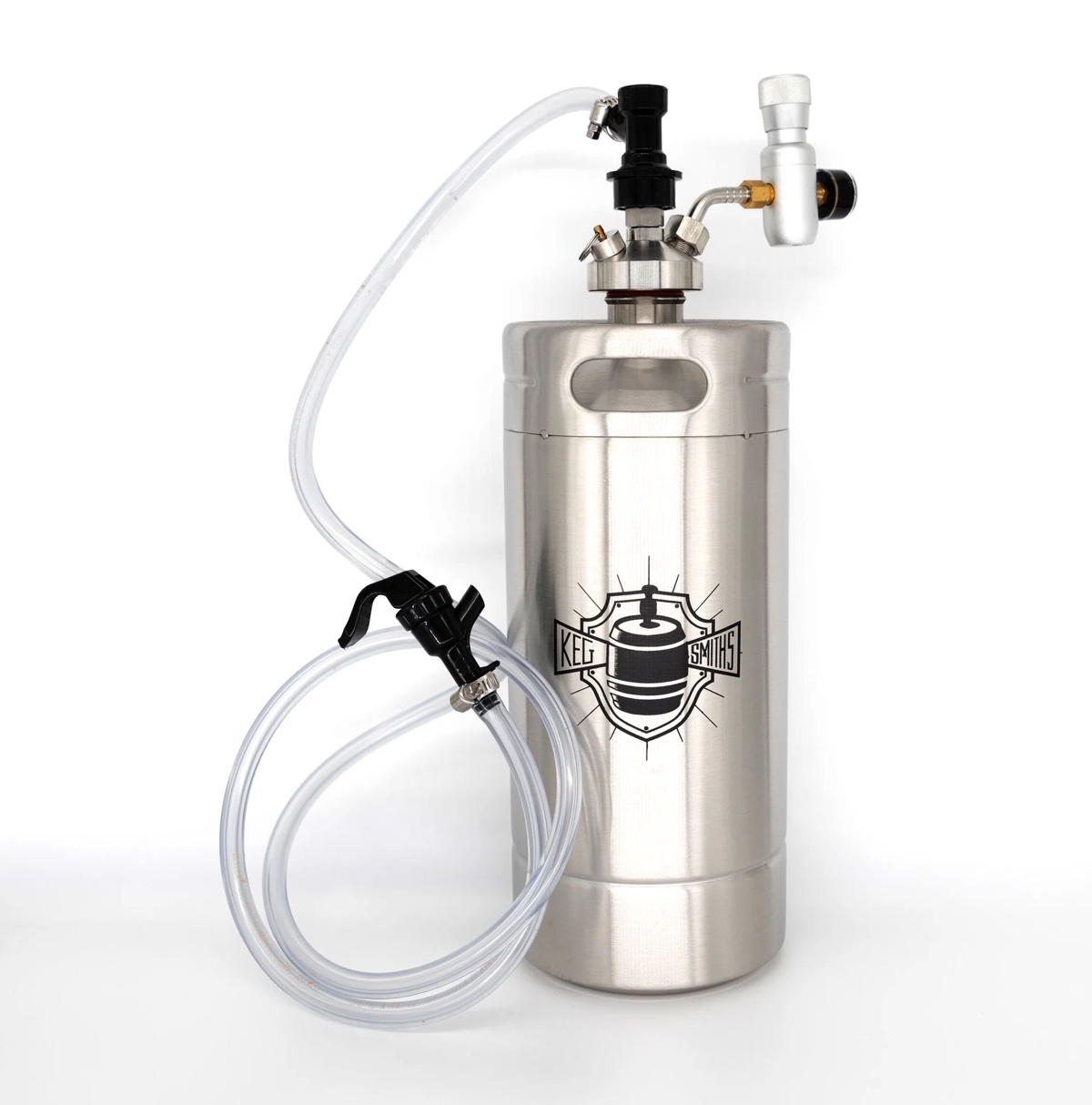
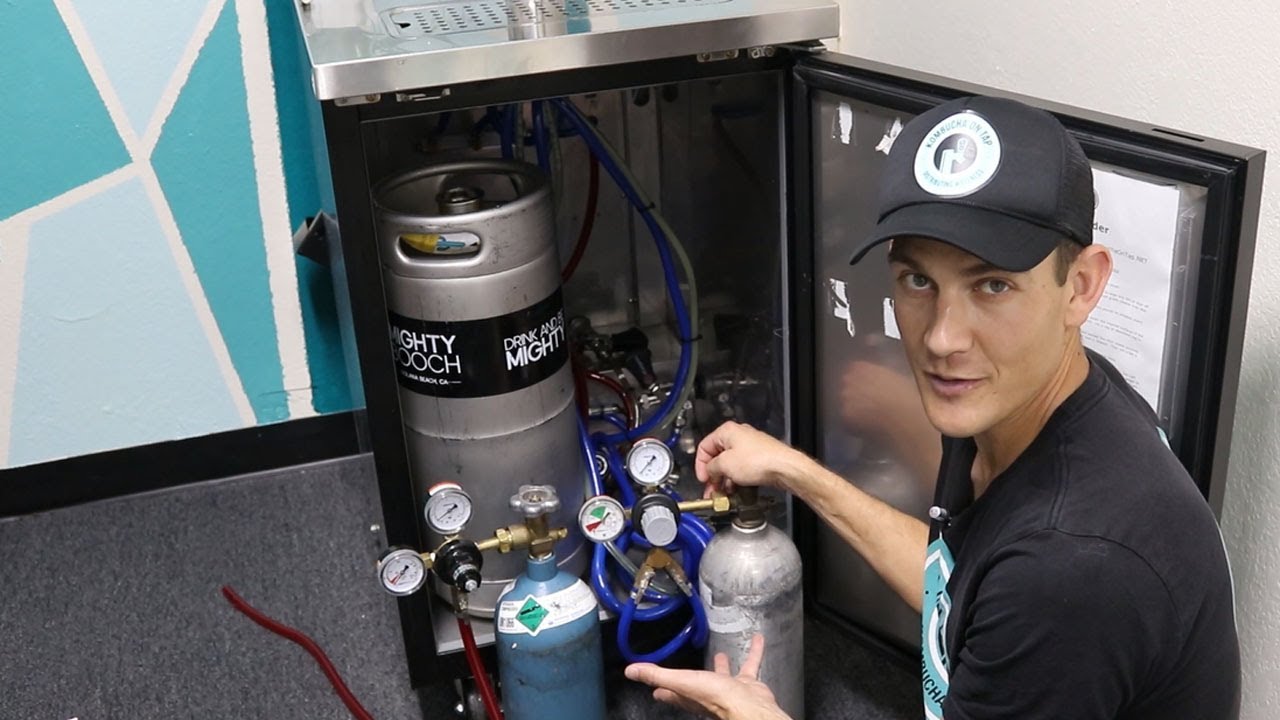

0 thoughts on “Where Do I Put The Co2 Tank On A Kegerator”